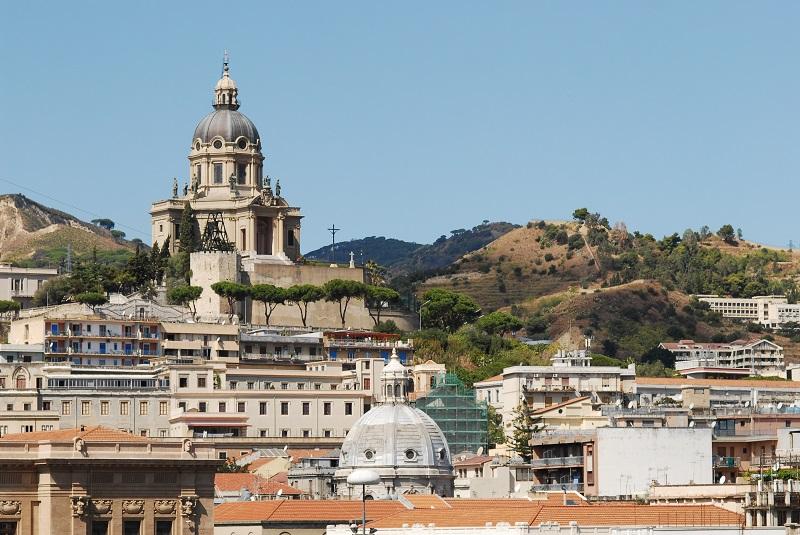Our writer John has covered the Sicilian city of Messina in a special two-part guide.
One of the most notable landmarks you'll find on Messina is San Ranieri Lighthouse. This fine piece of lighthouse architecture dates back to 1555 when it was built by Giovanni Angelo Montorsoli.
Like the lighthouse, Messsina stands out as a shining beacon. The third largest town in Sicily and the 13th largest city in Italy, Messina is a fine example of classic Italian spectacle and history. As many a cruise ship comes to the seaport, elsewhere, a tourist is checking out some of the amazing architecture. Elsewhere, someone is munching heartily on one of Messina's home-made local snacks. Whatever you're looking for in terms of historical interest, sightseeing or good food and drink, Messina ticks all the boxes.
But like that lighthouse, Messina's strength has been tested throughout the years. All civilisations rise and fall, and Messina is no exception, having had to endure some terrible disasters in its time.
 San Ranieri Lighthouse, Photo credit: wikimedia commons
San Ranieri Lighthouse, Photo credit: wikimedia commons
All this was yet to come when a group of Greek colonists came to form Messina in the 8th century BC. Back then, it wasn't initially called Messina. Looking for some inspiration, the locals looked to their harbour for inspiration. Shaped like a scythe, the Greek word Zancie was the name chosen for this newly founded area. By the 5th century BC, it was named Messene as an acknowledgement of the Greek city.
Messina was the base for a group of mercenaries of Italian origin who invaded in 288 BC. The Mamertines used the city as their location from which they fought with Syracuse, and their struggle with Hiero II. After two attacks from Hiero, the Mamertines sought a proposed alliance with the Roman Republic. As a result, Messina's alliance with Rome ultimately ensured that they were free of threats from Syracuse.
As time went on, Messina, was ruled by Goths, the Byzantine Empire, Arabs and Normans. In the early 17th century, it enjoyed a time of prosperity and magnificence. But by the later part of this century, Messina's wish to become an independent city free from Spanish domination led to a slow decline. Decaying and with 48,000 succumbing to plague in 1743, Messina's troubles in the 18th century were not over. In 1783, it experienced its first earthquake.
While it rebuilt and recovered from the disaster, unfortunately, Messina was struck by two further earthquakes in 1894 and in 1908. The latter earthquake, on 28th December, was particular severe, combined with a tsunami – not only were historical buildings destroyed, even worse was the loss of life, with approximately 60,000 lives lost. Although Messina was rebuilding itself the following year, the onslaught of the Second World War led to more damage done to the area as a result of bombings in 1943.
 Earthquake destruction from 1908, Photo credit: Wikipedia commons.
Earthquake destruction from 1908, Photo credit: Wikipedia commons.
But today, Messina has come a long way from the bad luck that has plagued it in the past. It's a vibrant city full of life and heart. It's got some excellent travel facilities including a large cruise port that provides a very good ferry link between the Strait of Messina and the mainland. The city also boasts a Light Rail System. Now in its 12th year, the system connects Messina's central railway system and its city centre and harbour.
Stay tuned for the second part in our Messina travel guide coming out shortly on ITALY Magazine.












